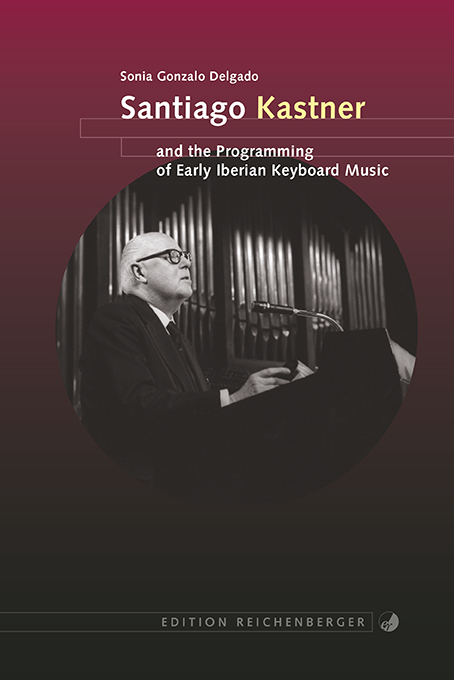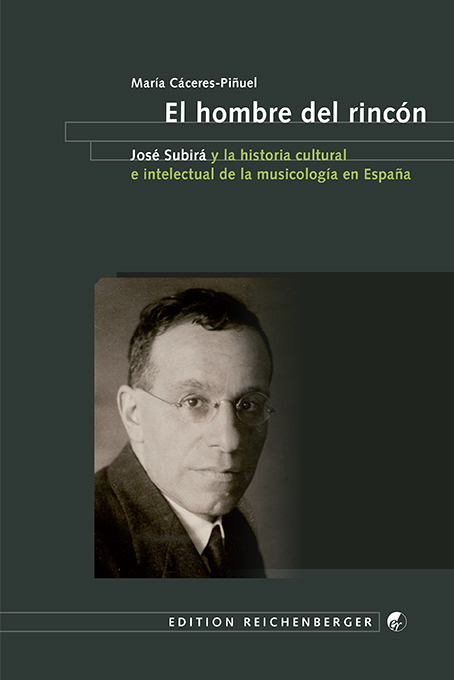|
|||||||||||||||
|
|
|||||||||||||||
|
This book examines Santiago Kastner’s paramount role in applying musicology to performance from the 1930s to the 1980s. A British-born cosmopolitan man coming from a remarkable musical background –his family owned a pianola business–, his European tours as keyboard player during the 1930s and his activity as music critic in Lisbon during the early 1940s enabled Kastner to build an exceptional network that granted him appointments in Portuguese and Spanish institutions. From this position, Kastner was a scholar performer who painstakingly uncovered sixteenth- to eighteenth-century Iberian repertoire by means of its study, edition and interpretation. His impressive output, including music editions, academic literature, concert programmes and recordings, and his extensive collection of marked scores engages this research with the methodological framework of performance studies. Considering historical performance as an invention triggered by musicology and thus a product of contemporary musical performance, three case studies, focused on Seixas, Soler and Cabezón, delve into Santiago Kastner’s approach to the repertoire, into his pioneering attitude in the way that he applied musicological research to concert practice and into his impact in creating a performing tradition.
TABLE OF CONTENTS Introduction Part 1. Santiago Kastner and Iberian music 1. Karl Macarius Santiago Kastner (1908-1992) A musical background Arrival at the Iberian Peninsula Converting to Catholicism Assuming Wanda Landowska’s and Joaquín Nin’s legacies From Barcelona to Lisbon A place to settle Touring Europe in the 1930s 2. Establishing Iberian musicology Contribution to Spanish and Portuguese music Advocating contemporary music in the early 1940s Federico Mompou Sonata Music critic in Lisbon Commitments to Iberian musicology The Instituto Español de Musicología The Conservatório Nacional The Fundação Calouste Gulbenkian 3. Achievements of a lifetime of research Os Menestréis de Lisboa and historical performance Late publications and appointments: the reception of Santiago Kastner’s legacy
Part 2. Applied musicology on the spotlight: three case studies 4. Felicja Blumental and Spanish and Portuguese Keyboard Music: Nin, Kastner and performing editions of Iberian repertoire Pioneering records of early Iberian keyboard music Joaquín Nin and Classiques Espagnols du Piano Santiago Kastner and Cravistas Portuguezes The Iberian tradition in Spanish and Portuguese keyboard music Felicja Blumental: Spanish and Portuguese Keyboard Music Antonio Soler: Sonata in D major Carlos Seixas: Toccata in E minor 5. Antonio Soler’s Seis conciertos de dos órganos obligados: Santiago Kastner and the critical edition in Spain Seis conciertos de dos órganos obligados Joaquín Nin, Ruggero Gerlin and Antonio Soler’s Troisième Concerto Santiago Kastner and Concierto III para dos instrumentos de tecla Implementing critical editions at the Instituto Español de Musicología The Concierto III para dos instrumentos de tecla E. Power Biggs and the first complete recording of Six concerti for two organs The re-edition of Antonio Soler’s Seis conciertos de dos órganos obligados 6. From the archive to the concert hall: Santiago Kastner’s life-long Antonio de Cabezón project Pedrell, Anglès and playing Antonio de Cabezón in the 1930s Applying research to performance practice: programming, editing and recording Pavana Italiana Second Tiento del primer tono Conclusion: the internationalization of Iberian repertoires Chronology
Ver también / Siehe auch:
|
|||||||||||||||



